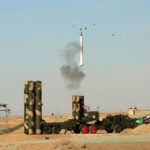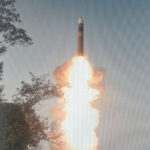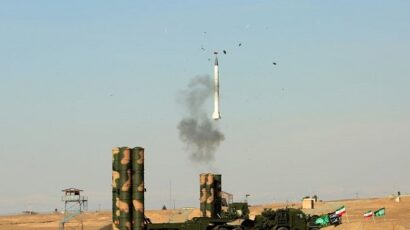On March 11, when the first foreshock struck, my colleague Jeffrey Lewis and I were having lunch with senior industry officials at Japan’s controversial Rokkasho Reprocessing Plant. That facility both enriches uranium and reprocesses spent nuclear fuel to extract plutonium, two processes that can also be used to make nuclear weapons. We were in the country to tour its nuclear facilities — an arrangement designed to show how far Japan was prepared to go to convince the international community that its facilities were only for peaceful purposes.
Few countries in the world — and no other non-nuclear-weapon state — are as invested in nuclear power as Japan. It is already the world’s third largest nuclear energy producer (after the United States and France) with ambitious plans for providing half of its electricity from nuclear power. Japan is also a major nuclear power plant exporter, with Toshiba and Hitachi having some time ago wrested control of the nuclear divisions of Westinghouse and General Electric.
Japan’s ardent pursuit of nuclear energy has sprung from a deep sense of vulnerability. Lacking coal, oil, natural gas, or other fossil fuels, Japan, particularly after the oil crises of the 1970s, has seen nuclear power as a means of providing energy security. And it has built a new generation of centrifuges for uranium enrichment in a bid to ensure that it is not vulnerable to a cutoff in supply of nuclear fuel, even if its main providers — countries like France and the Netherlands — seem pretty trustworthy.
Yet, Japan’s efforts to ensure its energy security have created other kinds of insecurity. The loss-of-coolant accidents affecting the Fukushima nuclear reactors are far from the first nuclear accidents in Japan, where disturbing seismic conditions and technical and communications lapses have often seemed to go hand in hand. For example, only four years ago, a 6.8 magnitude earthquake set off a fire at the Kushiwazaki-Kariwa reactor in northwestern Japan that lasted for two hours and led to a radioactive water leak. The plant was subsequently shut for 21 months. In 2003, 17 nuclear plants were shut down temporarily following a scandal over falsified safety inspection reports. In 1978, one of the plants damaged in a tsunami had a nuclear chain reaction continue for seven hours after all such reactions were supposed to stop; the control rods — meant to halt the reactions — had slipped out of position.
The efforts to build a closed fuel cycle by extracting and reusing plutonium produced in Japan’s nuclear power plants have also been plagued by troubles. The advanced Monju fast-breeder reactor was just beginning to operate in 1995 when the liquid sodium coolant it used leaked and led to a fire. The reactor only reopened a year ago. Soon afterward, a three-ton machine involved in refueling the reactor got jammed in the reactor vessel, forcing another shutdown. It has yet to be removed. And the opening of the Rokkasho facility itself — which extracts plutonium from spent power reactor fuel, and is supposed to glassify radioactive waste and produce plutonium fuel for Japanese nuclear power reactors — has been repeatedly delayed, most recently by problems with the waste process. Reviewing the situation before the Fukushima tragedy, Japanese officials said that given a fresh chance, reprocessing and fast reactors might make little sense. But with billions of dollars already expended, it also made little sense to abandon their investments altogether.
Japan must first deal with the immediate crisis at the Fukushima plants, and its nuclear workers have demonstrated incredible personal heroism in doing so. It then must institute measures to limit future radiation exposure, including the likely closure of many of the six Fukushima Daiichi reactors. But in the longer term, the nation — as well as others — may want to think long and hard about whether its headlong pursuit of nuclear energy is indeed making it more secure. As the memories of 1979 Three Mile Island and 1986 Chernobyl accidents have faded and the dangers of global warming and reliance on the highly volatile Middle East have increased, nuclear energy has appeared to be an increasingly attractive option. Many newfound proponents of nuclear energy seem to have forgotten that nuclear power is more than a way of boiling water. It attempts to transform the energy that has powered the world’s most dangerous weapons into something benign. That is a tall order for any society, even one as sophisticated and technically proficient as Japan.
Together, we make the world safer.
The Bulletin elevates expert voices above the noise. But as an independent nonprofit organization, our operations depend on the support of readers like you. Help us continue to deliver quality journalism that holds leaders accountable. Your support of our work at any level is important. In return, we promise our coverage will be understandable, influential, vigilant, solution-oriented, and fair-minded. Together we can make a difference.
Topics: Nuclear Energy, Nuclear Weapons, Opinion















